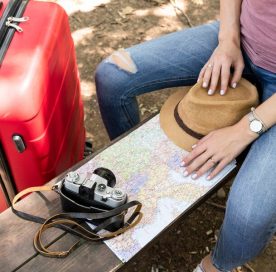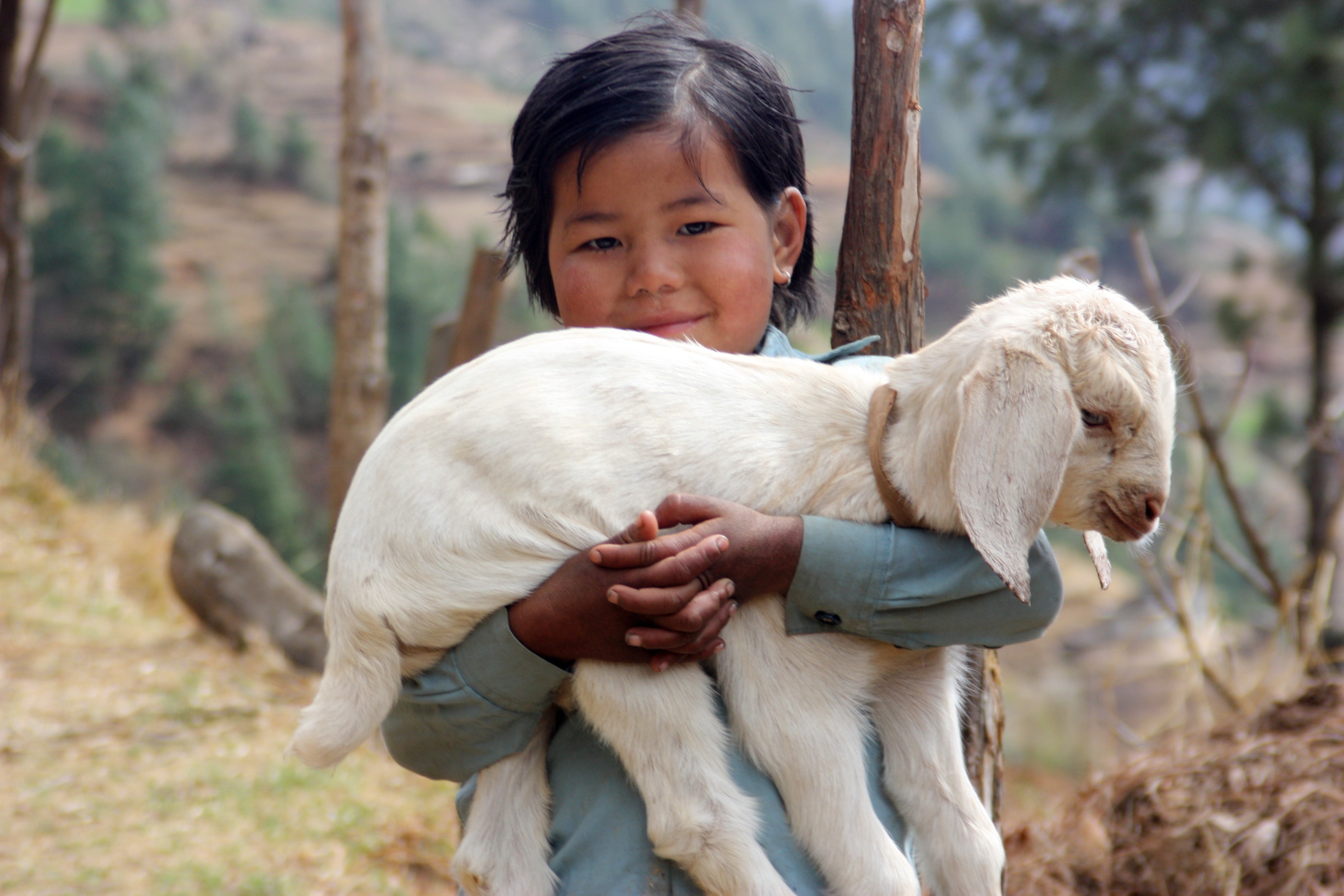Contrary to what most people think, backpacking is much, much more than a simple way of carrying a cloth or two around. It’s more of a lifestyle that someone like me loves to follow.
I’ve been backpacking for almost ten years now, and I’ve seen everything that you probably didn’t even dream of experiencing. That’s why, there’s something I know about traveling –
You have to be prepared for everything.
In this blog, I’m going to share what I usually take with me whenever I go out to explore the world. Hopefully, that will give you some idea about what you need to take too.
1: Keep Your Backpack Light And Dry.
Before I tell you what you need to take and what you should avoid, here’s a general tip. It’s important to keep your backpack as light as you can. In my opinion, your bag should never weigh lower than 10 kg and more than 15 kg. And take a rain cover to keep your stuff dry.
Also, here are some other things that you need to do when you are backpacking –
- Keep the passport and the other cards in your neck bag.
- The copies of your documents and other luggage can be kept in your backpack.
- Technology should be stored in the daypack you’ve been carrying.
The more you keep your stuff organized, the more operable it’ll be. However, I would still ask you to keep a list of everything you are taking. This way, you won’t forget anything.
2: Purchase A Decent Backpack
So you’ve read the first point, and now are thinking that you don’t have a good enough bag to partner you. Well, let me share a few things with you to help buy a good one for you.
To begin with, the backpack needs to have a capacity of between 50L-80L. It’s going to aid you in getting everything you want to take with you on the journey.
Also, as I have mentioned before, there should be a rain cover available with the backpack. It needs to have a storage sack or a compression sack too – for additional storage.
3: A Shelter To Save Your Head
Whether you are going to the mountains or the forest, it’s a must to take something that can protect your head. Yes, we are, indeed, talking about a shelter in this respect.
I think tents will be the most efficient option for you, especially if you are a beginner. And, in that case, I’d also ask you to take a groundsheet if you’re not comfortable enough.
If you are going to a warmer place, getting a hammock can be helpful for you as well. The better tree you choose for it, the more comfortable the experience will be.
4: Get The Right Sleeping System
Choosing the best sleeping system for traveling depends on a variety of factors, including –
- personal preferences,
- the climate and environment of your destination, and
- the type of travel you will be doing.
Hence, it might take you some time and consideration to make before you may make any decision here. In any case, here are some options you can choose from –
I: Sleeping Bag And Pad
A traditional sleeping bag and pad system can be a great option for camping or backpacking trips. Look for a lightweight and packable sleeping bag that is appropriate for the temperature range of your destination, along with a compact sleeping pad for added comfort.
II: Inflatable Mattress
An inflatable mattress can provide a more comfortable sleeping surface than a sleeping pad and can be easily inflated with a pump or by mouth. Look for a mattress that is lightweight and compact enough to pack in your luggage.
III: Sleeping Bag Liner
A sleeping bag liner can be used on its own or inside a sleeping bag to add extra warmth and comfort. They are lightweight, easy to pack, and can be washed between uses.
IV: Travel pillow
A travel pillow will offer added comfort and support for your head and neck while sleeping. Look for a pillow that is compact and easily packable.
V: Hammock
For warmer climates or a beach destination, a hammock is going to be a comfortable and unique sleeping option. Look for a lightweight and packable hammock that includes a bug net if necessary.
Faqs – Frequently Asked Questions
We have offered a little more information in this section with regard to the aforesaid topic. It has been given in a question-answer format to make things easier for you.
So, let’s get started.
1: What Is Backpacking?
Backpacking is a form of low-cost, independent travel that involves carrying all necessary gear and supplies in a backpack while exploring and traveling to various destinations.
2: What Are The Essential Items For Backpacking?
Some essential items for backpacking include a sturdy and comfortable backpack, appropriate clothing, a sleeping bag and tent, cooking supplies, a map and compass, a first aid kit, a water bottle and filtration system, and a multi-tool.
3: How Do I Choose The Right Backpack For Backpacking?
When choosing a backpack for backpacking, consider factors such as size, weight, comfort, durability, and features such as compartments, pockets, and straps. It’s important to try on several backpacks and adjust them for fit before making a decision.
4: How Do I Plan A Backpacking Trip?
Planning a backpacking trip involves choosing a destination, researching the area, selecting a route, obtaining necessary permits and reservations, packing appropriate gear and supplies, and informing others of your plans. Also, be sure to find camera rentals in Philadelphia, PA to get a camera to make your journey a little more enjoyable and memorable.
5: How Do I Stay Safe While Backpacking?
To stay safe while backpacking, it’s important to prepare thoroughly, follow all safety guidelines and regulations, be aware of your surroundings, carry appropriate gear and supplies, and inform others of your plans and itinerary. It’s also important to be prepared for emergencies and to know basic first aid.
Read More:













